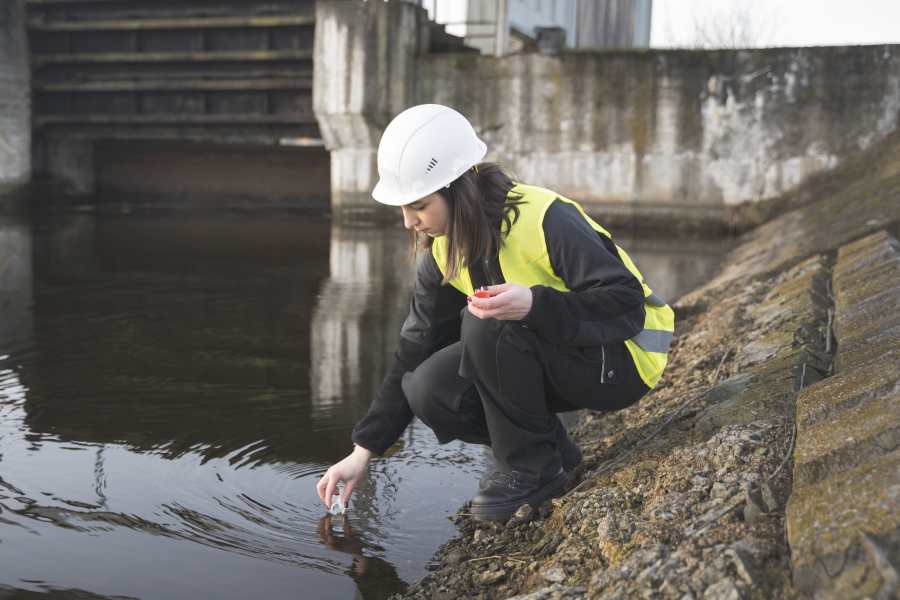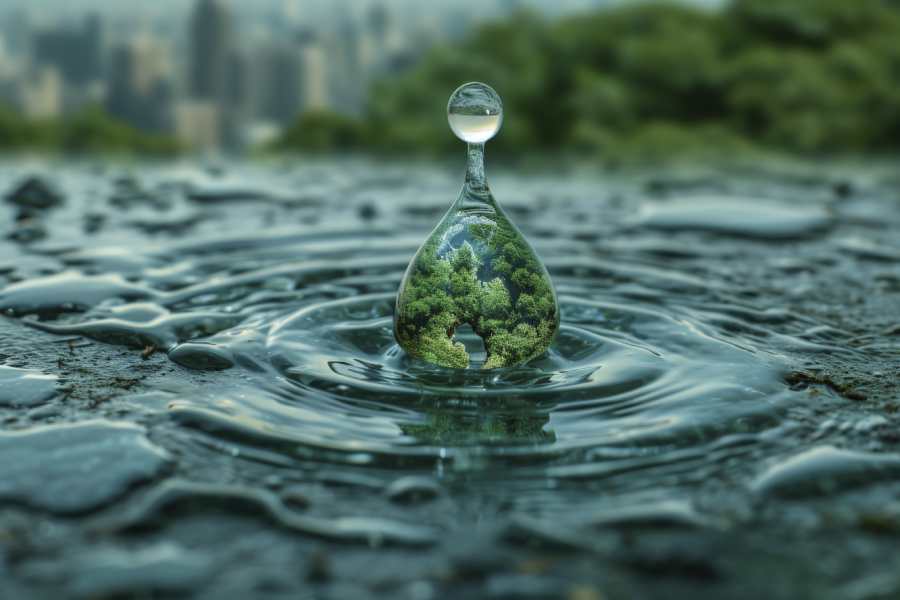Water is one of the world’s most valuable resources, essential for human health, agriculture, industry, and ecosystems. Managing it effectively is critical for ensuring long-term availability and resilience. This brings us to a central question: what is water resource management, and why does it matter?
In this article, we’ll define water resource management, explain how it works, and explore strategies such as conservation, pollution prevention, and integrated planning that make sustainable water use possible.

What Is Water Resource Management?
Water resource management is the coordinated process of planning, developing, distributing, and protecting water resources to meet current and future needs. It balances competing demands: drinking water, irrigation, energy production, industry, and ecosystems, while ensuring sustainability.
Put simply, if you’ve ever asked, “what is water management” or “how does water management work?”, the answer lies in this field: it combines engineering, policy, and environmental science to allocate water fairly, protect quality, and adapt to challenges like population growth and climate change.
Water Resource Assessment
Effective management begins with understanding how much water is available and of what quality. Assessments involve:
- Hydrological studies to measure rainfall, river flows, and groundwater reserves.
- Water quality testing for pollutants, nutrients, and biological indicators.
- Modeling tools that predict supply under different scenarios.
This step provides the data foundation for decision-making. Without accurate assessments, water allocation and planning are impossible.
Water Allocation and Distribution
One of the most visible parts of water resource management is allocation: deciding who gets water and how much. This includes:
- Supplying domestic water for households and communities.
- Allocating water for agriculture, which uses around 70% of global freshwater.
- Providing industrial and energy sectors with reliable access.
- Ensuring environmental flows to sustain rivers, wetlands, and aquatic habitats.
Balancing these needs requires policies, infrastructure, and technology that distribute water efficiently and equitably.
Water Conservation and Efficiency
Since freshwater is limited, conservation is a cornerstone of resource management. Strategies include:
- Efficient irrigation (drip, sprinkler systems) to reduce agricultural waste.
- Leak detection and pipeline upgrades in urban water systems
- Rainwater harvesting for supplemental supply.
- Public education campaigns to encourage responsible consumption.
These measures extend existing supplies and reduce the need for costly new infrastructure.

Water Pollution Prevention and Control
Quantity alone is not enough, water quality matters just as much. Pollution from agriculture, industry, and urban runoff threatens water security. Prevention strategies include:
- Wastewater treatment plants that remove contaminants before discharge.
- Buffer zones and wetlands that filter pollutants naturally.
- Regulations on industrial effluents and agricultural chemicals.
- Monitoring programs to detect contamination early.
Water Governance and Policy
Water management isn’t just technical, it’s also institutional. Governance and policy frameworks define how decisions are made and enforced. This includes:
- Local and regional authorities that oversee utilities and distribution.
- National governments that set water quality standards and allocate resources.
- International agreements for shared rivers and aquifers.
- Community involvement, since local stewardship is key to sustainable outcomes.
What is Integrated Water Resource Management?
Modern approaches emphasize Integrated Water Resource Management (IWRM), a holistic framework that considers water, land, and ecosystems together. IWRM promotes:
- Cross-sector collaboration between agriculture, energy, and urban planning.
- Stakeholder participation from government, communities, and businesses.
- Balancing economic growth with ecological sustainability.
This approach reflects the idea that water systems are interconnected and must be managed as part of a larger whole.
Climate Change and Water Resource Management
Climate change is reshaping how water resources are managed. Its impacts include:
- More frequent droughts and floods, stressing infrastructure and communities.
- Changing precipitation patterns that alter water supply reliability.
- Sea-level rise threatens coastal aquifers with saltwater intrusion.
Water resource management must adapt by building resilience, expanding storage, diversifying sources, investing in green infrastructure, and planning for variability.

Conclusion
So, what is water resource management? It is the practice of assessing, allocating, protecting, and conserving water to ensure long-term availability for people, industries, and ecosystems.
From conservation and pollution control to governance and climate adaptation, water resource management is fundamental to sustainable development. By managing water wisely, communities secure health, economic growth, and resilience for generations to come.
